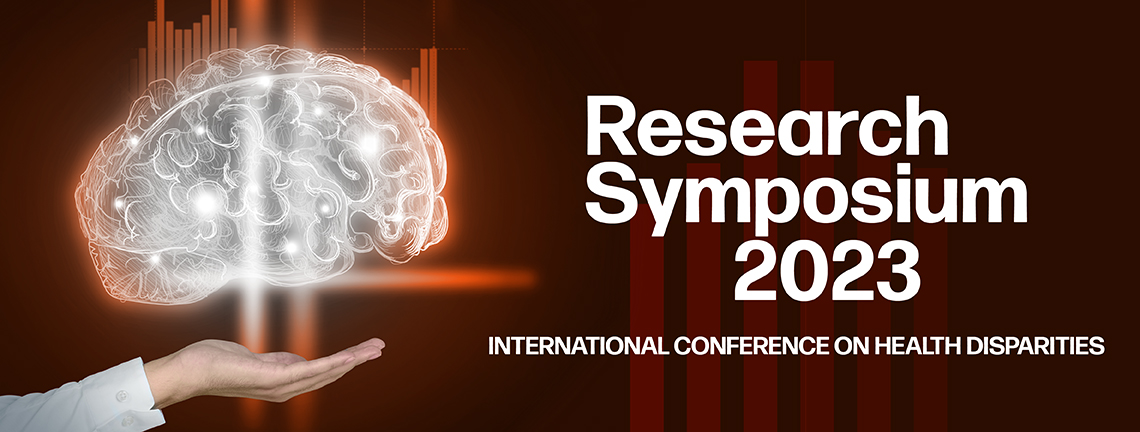
Posters
Presenting Author Academic/Professional Position
Community Partner
Presentation Type
Poster
Discipline Track
Clinical Science
Abstract Type
Research/Clinical
Abstract
Background: Coronavirus disease (COVID-19) occurred in December 2019 in Wuhan, China. This study is performed in Ezhou, a city located near Wuhan and one of the first to undergo lockdown during the outbreak, thus focusing on clinical outcomes and imaging variables.
Methods: The retrospective study collected clinical data from confirmed severe COVID-19 patients who were treated at Ezhou Central Hospital during the early phase of the pandemic. Laboratory results, imaging features, and treatments were compared between patients who survived and died.
Results: The coexisting conditions were chronic respiratory diseases and cardiovascular diseases in most patients. Symptoms occurring among critically ill patients affected patients with fever, extensive cough, and difficulty in exertion. Complications included acute kidney injury, acute respiratory distress syndrome, and multiple organ dysfunction syndrome. By means of lung imaging tests, particularly, the finding discerns beneath-the-pleura occupying opacities often accompanied by thickening of interlobular septa. The mortality rate was high among with older adults and those with severe complications, particularly those experiencing ARDS, being at greater risk. Most non-survivors required prolonged mechanical ventilation support.
Conclusion: COVID-19 imaging offers insight into distinctive abnormalities within the lungs, particularly toward the lower zones. These subtle changes bear clinical significance as far as managing, diagnosis, and treatment of the virus-recovering patients is concerned
Recommended Citation
Yang, Guohui; Liu, Zewen; Zhang, Qing; Abraham, Tabitha; and Zuo, Alex, "Clinical Analysis from critically ill patients during the early spread of COVID-19" (2024). Research Symposium. 83.
https://scholarworks.utrgv.edu/somrs/2023/posters/83
Previous Versions
Jan 3 2025 (withdrawn)
Included in
Clinical Analysis from critically ill patients during the early spread of COVID-19
Background: Coronavirus disease (COVID-19) occurred in December 2019 in Wuhan, China. This study is performed in Ezhou, a city located near Wuhan and one of the first to undergo lockdown during the outbreak, thus focusing on clinical outcomes and imaging variables.
Methods: The retrospective study collected clinical data from confirmed severe COVID-19 patients who were treated at Ezhou Central Hospital during the early phase of the pandemic. Laboratory results, imaging features, and treatments were compared between patients who survived and died.
Results: The coexisting conditions were chronic respiratory diseases and cardiovascular diseases in most patients. Symptoms occurring among critically ill patients affected patients with fever, extensive cough, and difficulty in exertion. Complications included acute kidney injury, acute respiratory distress syndrome, and multiple organ dysfunction syndrome. By means of lung imaging tests, particularly, the finding discerns beneath-the-pleura occupying opacities often accompanied by thickening of interlobular septa. The mortality rate was high among with older adults and those with severe complications, particularly those experiencing ARDS, being at greater risk. Most non-survivors required prolonged mechanical ventilation support.
Conclusion: COVID-19 imaging offers insight into distinctive abnormalities within the lungs, particularly toward the lower zones. These subtle changes bear clinical significance as far as managing, diagnosis, and treatment of the virus-recovering patients is concerned

